
DOJ and SEC are conducting separate investigations into the SVB collapse, Wall Street Journal reports

DOJ and SEC are conducting separate investigations into the SVB collapse, Wall Street Journal reports
From CNN’s Aditi Sangal

The US Justice Department and the Securities and Exchange Commission are investigating the collapse of Silicon Valley Bank, according to a Wall Street Journal report on Tuesday.
The two major federal agencies are conducting separate probes, which are in their preliminary phases and may not lead to any charges or allegations of wrongdoings, the Journal reported. These probes are commonplace following a big loss, and are reportedly focused on the bank’s collapse and stock sales that financial officers made days before the failure.
The DOJ and SEC did not immediately respond to CNN’s requests for comment.
In an extraordinary action to restore confidence in America’s banking system, the Biden administration on Sunday guaranteed that customers of the failed Silicon Valley Bank will have access to all their money starting Monday. By guaranteeing all deposits – even the uninsured money that customers kept with the failed banks – the government aimed to prevent more bank runs and to help companies that deposited large sums with the banks to continue to make payroll and fund their operations.
That didn’t stop tremors from the collapse impacting markets around the world. However, US stocks surged Tuesday as bank stocks rebounded. The moment of crisis may be over, but the bank sector and the economy remain on a knife’s edge.
You may have heard the term “bank run” a lot. Here’s what it means
Bank runs happen when customers panic and everyone tries to get their money out at once. CNN’s Christine Romans explains that’s what happened at Silicon Valley Bank, leading to the second-biggest bank failure in US history.
SVB collapse was driven by “the first Twitter fueled bank run,” House Financial Services chair says
From CNN’s Jennifer Korn
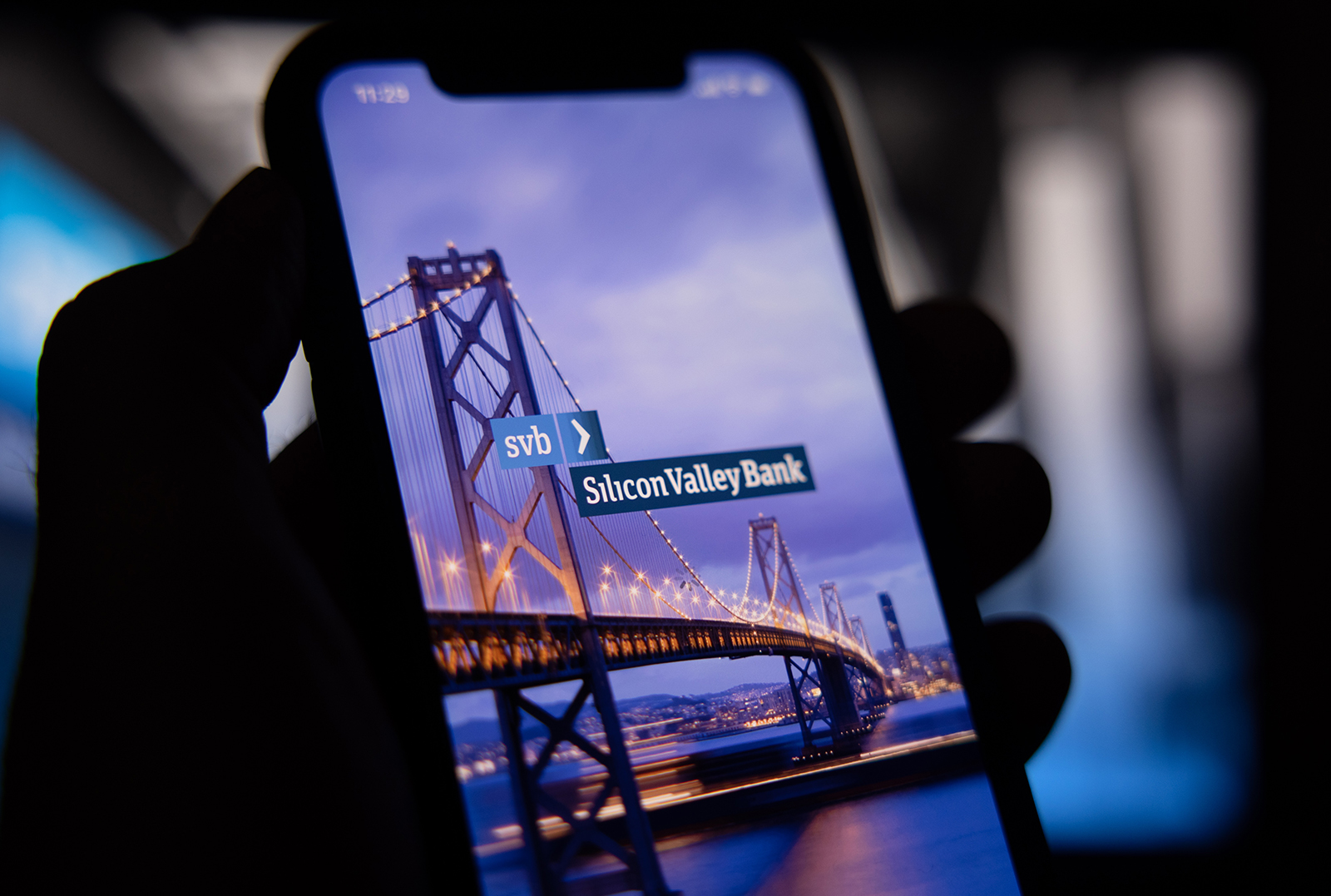
The massive amount of customer withdrawals that led to the collapse of Silicon Valley Bank had all the hallmarks of an old-fashioned bank run, but with a new twist befitting the primary industry the bank served: much of it unfolded online.
Customers withdrew $42 billion in a single day last week from Silicon Valley Bank, leaving the bank with $1 billion in negative cash balance, the company said in a regulatory filing. The staggering withdrawals unfolded at a speed enabled by digital banking and were likely fueled in part by viral panic spreading on social media platforms and, reportedly, in private chat groups.
In the day leading up to the bank’s collapse, multiple prominent venture capitalists took to Twitter in particular and used their large platforms to raise alarms about the situation, sometimes typing in all caps. Some investors urged startups to rethink where they kept their cash. Founders and CEOs then shared tweets about the concerning situation at the bank in private Slack channels, according to The Wall Street Journal.
On the other side of a screen, startup leaders raced to withdraw funds online — so many, in fact, that some told CNN the online system appeared to go down. Still, the end result was a modern race to withdraw funds, which House Financial Services Chair Patrick McHenry later described in a statement as ” the first Twitter fueled bank run.”
“Even back in the ancient days, way before we had any form of modern communication, this stuff tended to be rumors that moved really fast. The reason it would happen is people would walk down the street and observe people standing outside of banks,” Andrew Metrick, Janet L. Yellen Professor of Finance and Management at the Yale School of Management, told CNN. “Now we don’t have that, but we have Twitter.”
The experience of the bank run was also far removed from prior eras when a large number of customers would physically show up at a bank to withdraw funds (though some did line up outside Silicon Valley Bank locations, too.) Now, many could do so online or through mobile devices.
“What made the Silicon Valley Bank run unique was (1) the ease with which its customers could execute withdrawals and (2) the speed with which news of Silicon Valley Bank’s impending demise spread,” Ben Thompson, an analyst who tracks the tech industry, wrote in a post on Monday. “It was the speed, fueled by zero distribution costs for both rumors and withdrawals, that was so destabilizing.”
Markets open higher after key inflation reading meets expectations
From CNN’s Krystal Hur
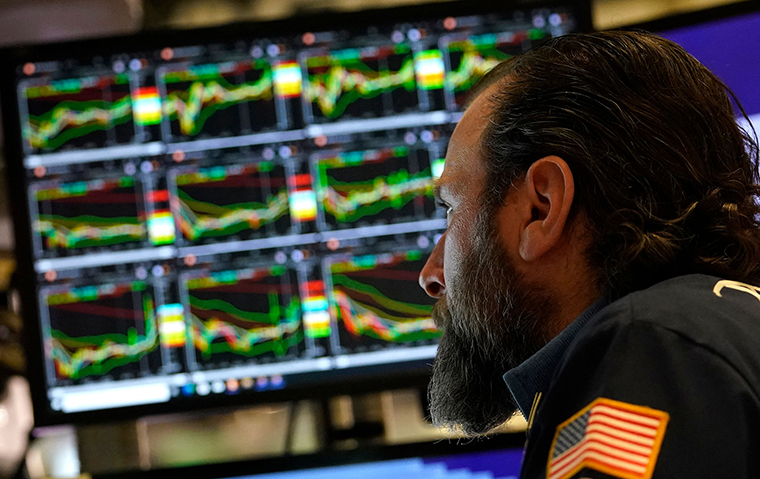
US stocks surged Tuesday, breathing a sigh of relief as inflation data for February met economists’ expectations and bank stocks rebounded.
The Consumer Price Index measured 6% for the year ended in February, down from 6.4% in January, marking a cooldown in prices for the eighth consecutive month. Core CPI grew 0.5% month over month and 5.5% on a yearly basis.
Bank stocks bounced back after a calamitous day of trading Monday. Shares of First Republic opened up 62%. Western Alliance stock rose 53%. Both stocks made up the previous day’s losses during extended trading.
Traders are now pricing in a nearly 82% probability that the Federal Reserve will raise interest rates by a quarter point at its meeting next week, according to the CME FedWatch Tool. Market expectations for the central bank’s next move have remained volatile this week as investors digest the collapse of two major banks, Silicon Valley Bank and Signature Bank.
The Dow was up 326 points, or 1%, on Tuesday.
The S&P 500 gained 1.4%.
The Nasdaq Composite was 1.6% higher.
What the FDIC takeovers of Silicon Valley Bank and Signature mean for their customers and employees
From CNN’s Jeanne Sahadi
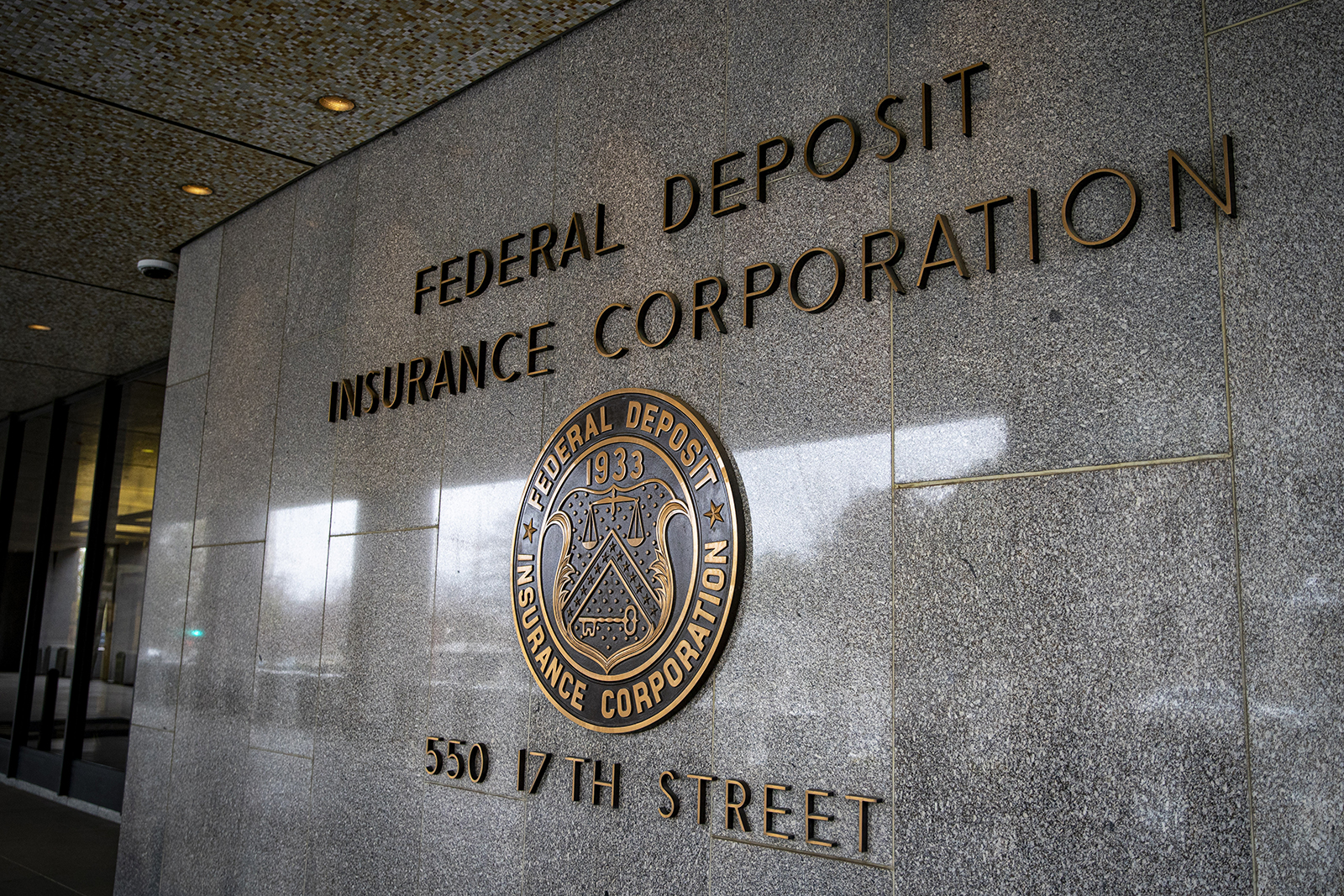
Here’s where things stand for customers and employees of Silicon Valley Bank and Signature Bank, both of which failed this week and were promptly taken over by the FDIC.
Will customers have full access to all of their money on deposit? Yes. US government intervened over the weekend and assured that depositors of the banks will have access to all of their money starting Monday, March 13 and that losses related to SVB’s collapse will not be borne by taxpayers.
That means customers will be able to access their insured deposits as well as their uninsured deposits from the “bridge bank” that the FDIC created for SVB deposits and the one it created for Signature deposits.
Both SVB and Signature were FDIC-insured. That means the FDIC insures up to $250,000 per depositor for each account ownership category. Some customers may be insured for more than $250,000 if they had more than one type of deposit account, since each account is covered separately. What’s more, if more than one person owns an account jointly, each owner is covered up to $250,000.
But the move by the three agencies to provide customers access to their uninsured deposits as well was critical. Most SVB customers, for instance, are businesses, and they have a lot more than $250,000 on deposit because they used SVB for much of their cash management, including payroll.
What are the ways customers can access their money? Customers can access their funds by ATM, debit cards and checks — just like before, according to the FDIC.
What about lines of credit? Per FAQs specific to the SVB and Signature closures, customers’ lines of credit have been transferred to the new bridge banks the FDIC created to handle customers’ transferred deposits and banking services. The agency notes that customers should contact the bank if they have questions about their credit lines.
Can customers continue to keep their money where it is? Yes, but the FDIC will communicate to customers how long they can continue to do so. So far, the FDIC has not established any end dates of services for SVB or Signature customers.
What if a customer has a loan through SVB or Signature? Customers with a loan still have to make payments to the same payment address, even if the FDIC ends up selling the loan. Any changes will be communicated.
Will SVB and Signature employees keep their jobs? Very likely, but perhaps not for long. Typically, in an FDIC takeover, the employees of the failed bank are kept on to help with the transition. Their salary and benefits are paid for by the FDIC during that time. Should the FDIC find a buyer for either bank, the acquiring institution will be the one deciding whether the banks’ employees stay on.
Here’s what is causing problems for America’s banks
From CNN’s David Goldman
The experts say America’s banks are healthy. There are no solvency problems, former FDIC Chair Sheila Bair told CNN. There is no systemic banking issue, former Treasury Secretary Larry Summers told Wolf Blitzer. Silicon Valley Bank’s collapse won’t cause a recession, said Mark Zandi, chief economist of Moody’s Analytics.
So … what is causing problems for America’s banks? Fear.
Moody’s this morning downgraded six regional banks’ credit ratings because customers keep withdrawing money from them and transferring deposits to larger banks. The first bank runs of the smartphone era were created by viral social media posts, text chains and instant access to banking apps that exacerbated both widespread concern and rapid customer withdrawals.
But there’s good news: The government’s plan to intervene in the banking sector worked. No banks failed Monday. Regional bank stocks, after plummeting over the past several days, are bouncing back sharply.
The banking crisis may be over, at least for now. Tech companies that banked with the failed SVB were rescued, escaping what an industry insider called an “extinction-level event.”
Now, it’s up to the Federal Reserve to keep the banking sector stable. It has been on a yearlong effort to slow the economy to keep inflation in check. Now it faces a no-win situation: Annual inflation is at 6%, triple what the Fed considers to be healthy. But rate hikes got us into this mess in the first place, collapsing the value of banks’ government bond holdings.
The moment to panic is over. But the bank sector and the economy remain on a knife’s edge.
No, this isn’t a repeat of the 2008 financial crisis
From CNN’s Nicole Goodkind
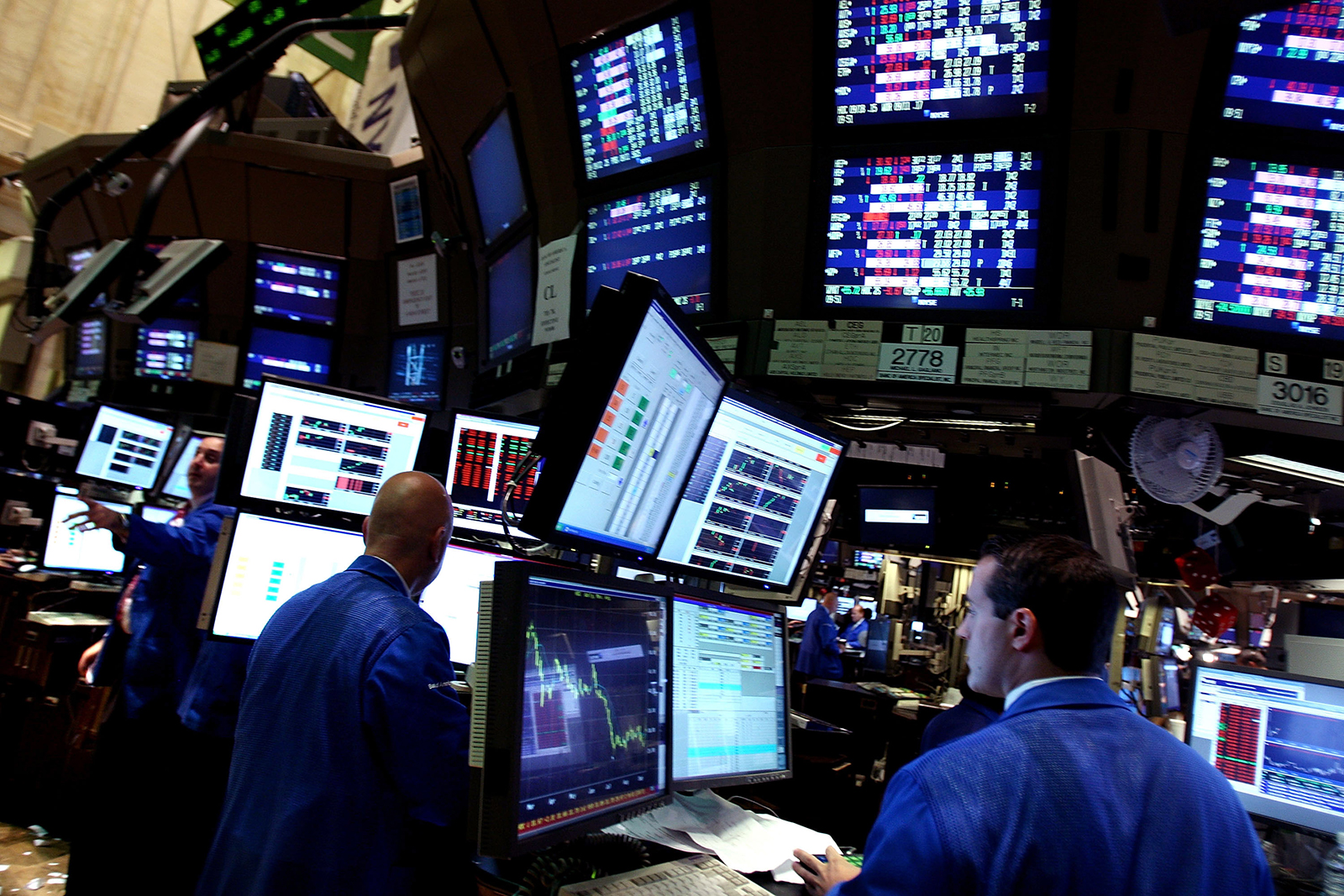
There are some key differences between the collapse and fallout of Silicon Valley Bank and Signature Bank and what happened in 2008.
For one thing, the 2008 crisis was, in part, worsened by financial institutions holding assets (like mortgage-backed securities) that were difficult to value, making it hard for banks to determine how much they were worth. This time, however, the assets causing trouble for banks (US Treasuries and bonds) are easy to value and sell. That also makes intervention by the federal government much more effective.
And it has taken measures. This time around, the US federal government stepped in early to guarantee customer deposits and restore confidence in the US banking system.
The Federal Deposit Insurance Corporation (FDIC) insures depositors up to $250,000 and large US banks have the money to weather storms — they’re regularly stress-tested by the Federal Reserve to make sure that they can.
“Compared to 2008, the system is more transparent, with a more solid foundation, and the government has identified the remaining problems and put programs in place to deal with them,” said Brad McMillan, chief investment officer for Commonwealth Financial Network.
But that doesn’t mean there isn’t more pain ahead. Smaller banks – like SVB was – aren’t put through the same stress-testing larger banks have to go through. And shares of banks, both regional and large, plummeted on Monday.
“This is bad news for US bank shareholders,” wrote BlackRock analysts in a note on Monday. “We see knock-on effects for the economy — reinforcing our expectation of recession.”
Want some guidance on the banking sector? Look to 1991
From CNN’s Nicole Goodkind
Investors are searching for clarity in the wake of Friday’s collapse of Silicon Valley Bank — the biggest failure of a US bank since 2008. And as they attempt to predict what comes next — be it wider financial chaos, more government regulation, a pause in rate hikes from the Federal Reserve or something else entirely — they’re looking to the past for guidance.
While the collapse of a top-20 bank easily begets comparisons to the global financial crisis of 2008, analysts are looking all the way back to 1991 — though they may only need to go back to last fall.
Here’s how they’re thinking about the state of the banking industry and the economy.
Let’s take it to 1991: Analysts are looking at the Savings and Loans crisis of the late 1980s and early 1990s as a better model for how this current crisis may play out.
Some quick background: S&Ls were like banks, but they specialized in accepting savings deposits and making mortgage loans. In the 1980s, they were deregulated and began making risky investments with depositors’ money. Those investments went sour and S&Ls found themselves at a loss just as the Fed was raising interest rates. That meant that many borrowers couldn’t afford to pay back their loans.
As a result, many S&Ls failed and the government had to step in to bail them out.
Sound familiar?
“If anything, this appears to be a typical bank failure like we saw during the Savings & Loan crisis,” wrote Jaret Seiberg at TD Cowen. “The only difference is that we are dealing with a bank that focuses on technology rather than on real estate.”
Since the S&L crisis, regulators have pushed banks away from short-term investments “for the very reasons that appear to have brought down Silicon Valley Bank,” Seiberg said.
So what can we learn from the crisis? A review of regulation and central bank policy seems certain, wrote Societe Generale’s Kit Juckes in a note on Monday.
“If the S&L crisis is a model of what happens next, we are closer to the peak in rates than the market thought,” he said, meaning that the Federal Reserve could soon stop hiking interest rates to fight inflation. It’s also very possible that the US economy will slip into a mild recession within the next year, he added.
Was last fall’s UK Treasury crisis a warning bell for SVB?
From CNN’s Nicole Goodkind
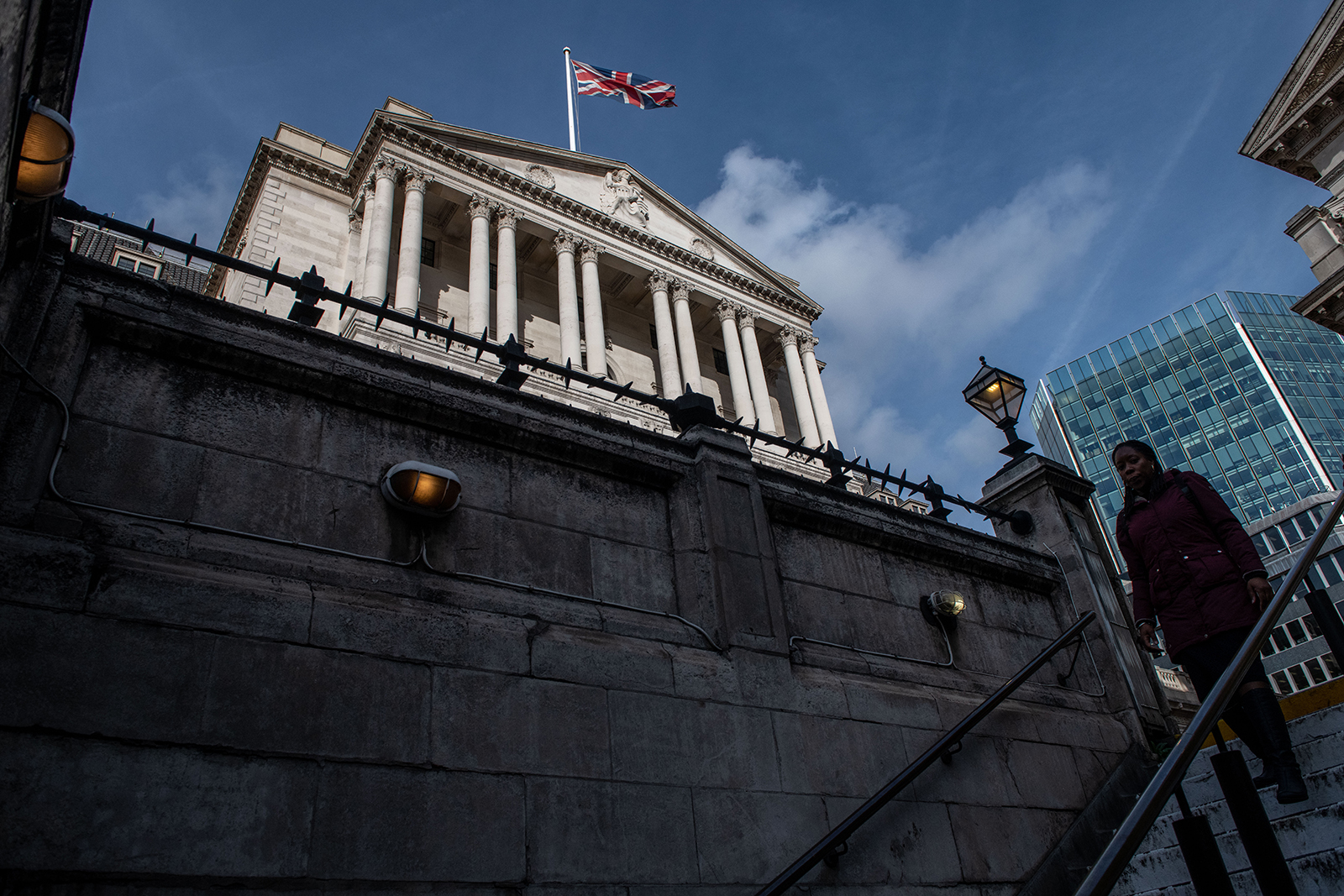
Investors might not have to look so far back to see their own future.
Six months ago an alarm went off in the United Kingdom, when the gilt market (UK government bonds) spun out of control. We may be hearing that same siren across the pond today.
Back in September, former Prime Minister Liz Truss unveiled a huge package of tax cuts, spending and increased borrowing aimed at getting the economy moving. Markets feared the plan would drive up already persistent inflation, forcing the Bank of England to push interest rates significantly higher. As a result, investors dumped UK government bonds, sending yields on some of that debt soaring at the fastest rate on record.
The scale of the tumult put enormous pressure on many pension funds by upending an investing strategy that involves the use of derivatives to hedge their bets.
As the price of government bonds crashed, the funds were asked to pony up billions of pounds in collateral. In a scramble for cash, investment managers were forced to sell whatever they could — including, in some cases, more government bonds. That sent yields even higher, sparking another wave of margin calls.
Here’s the takeaway: The Bank of England was able to bring things back under control quickly by launching into crisis mode. After working through the night, it stepped into the market the day after the plunge with a pledge to buy up to £65 billion ($73 billion) in bonds if needed. That stopped the bleeding and averted what the central bank later told lawmakers was its worst fear: a “self-reinforcing spiral” and “widespread financial instability.”
US authorities are acting in similar ways today.
On Sunday, the Federal Reserve announced a new emergency lending program which would deliver cash to banks facing steep losses because of higher interest rates. Chair Jerome Powell also announced on Monday that the central bank would launch a review into what went wrong at SVB.
Source: https://www.cnn.com/business/live-news/silicon-valley-bank-collapse-updates-03-14-23/h_ab761935f699494ff18f30d6ca648237
















